Reproduction of Masterpiece


To look at things carefully. To express with one’s hands what one sees as it is.
To enjoy observing and expressing, my daughter F tried copying for the first time when she was 5 years old. That was her first encounter with the masterpiece.
The subject matter is Henri Matisse’s “Dance”. What would happen if a five year old painted this picture? How does it look in the eyes of a child?
The decision I made in working on the project was to avoid adult(me) intervention in the production process. Look at the artwork through the eyes of a child and just concentrate on painting what you see. If the child got bored during the process, that would be fine. Let’s try to keep it light.
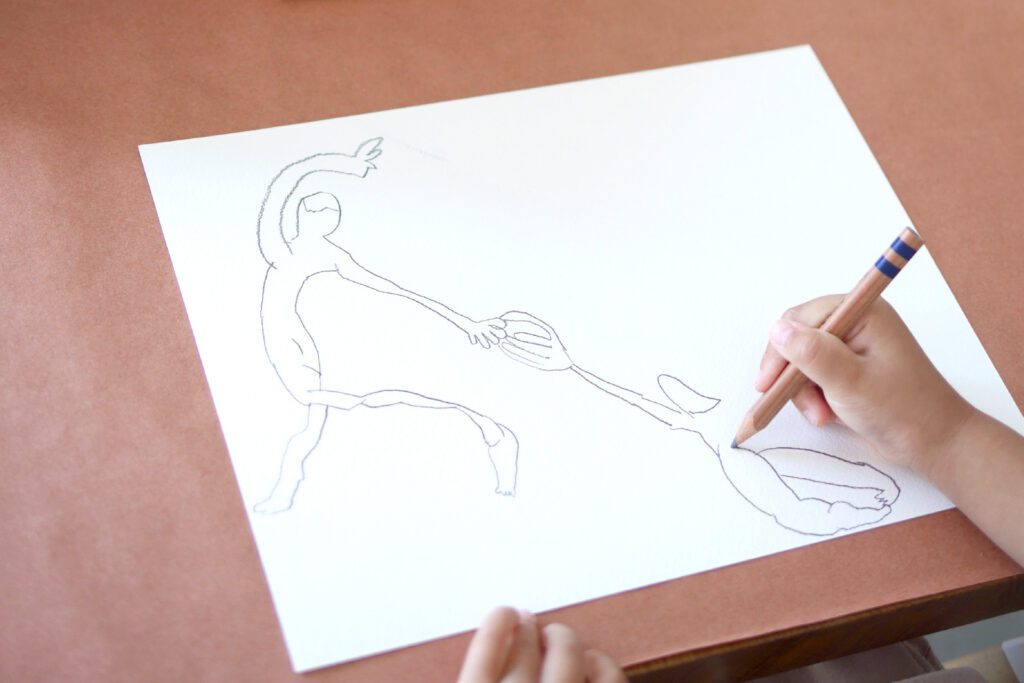

As a result, the experience was just special. It was filled with bold expressions, relaxed lines, colors, and shapes that could only be done now. Also an interpretation of details that only a child could make, different from what an adult could draw. It was a moment when I felt much closer to art as a fusion of masterpieces and self-expression, rather than as a copying that inhibits creativity.
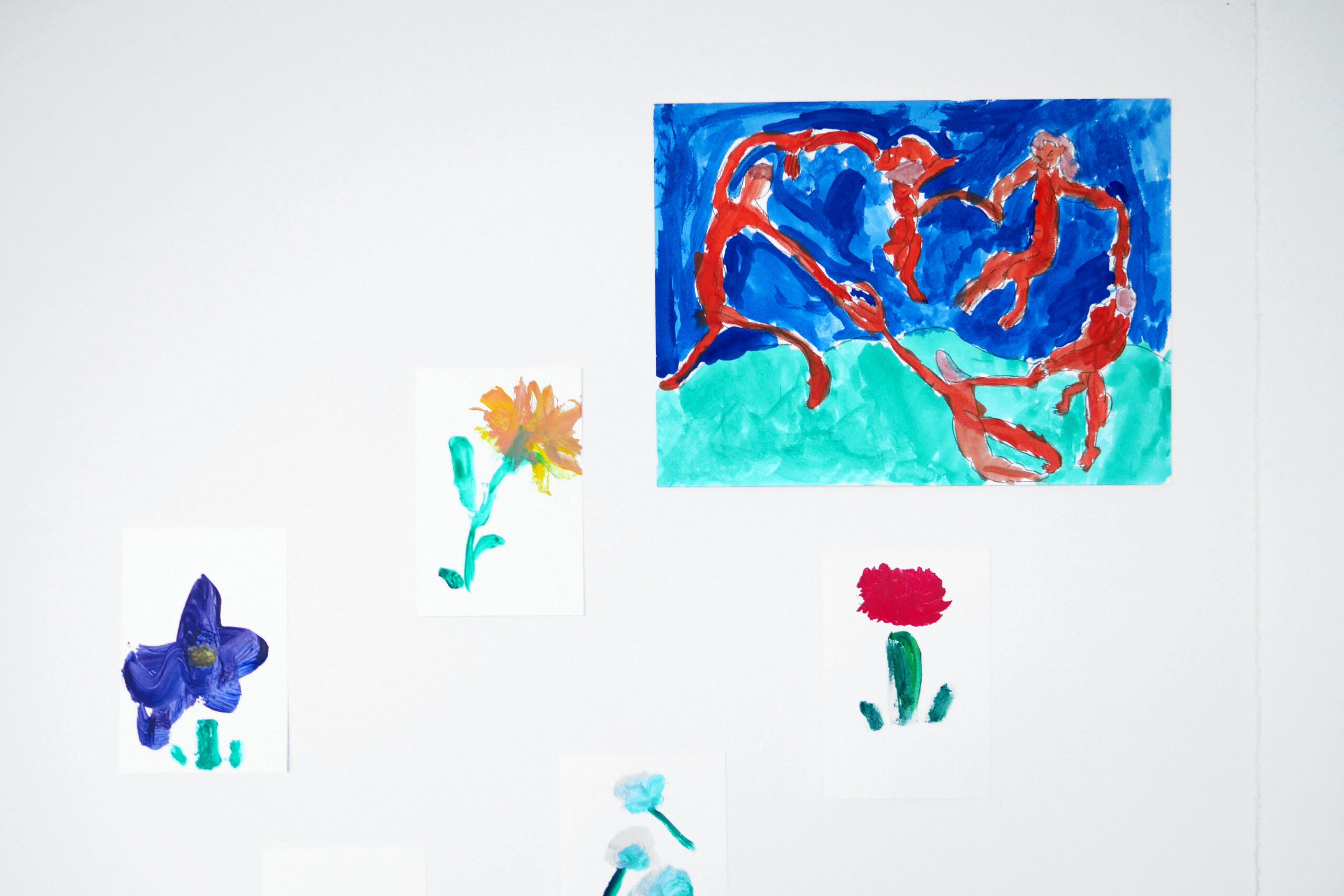
Even after that, F painted Sharaku and Vermeer, a reproduction of a wooden dolls by Alexander Girard, and a Matisse cut-out and many others. They are all reproductions of masterpieces from a child’s perspective. It’s a resonance and just so much fun experience.
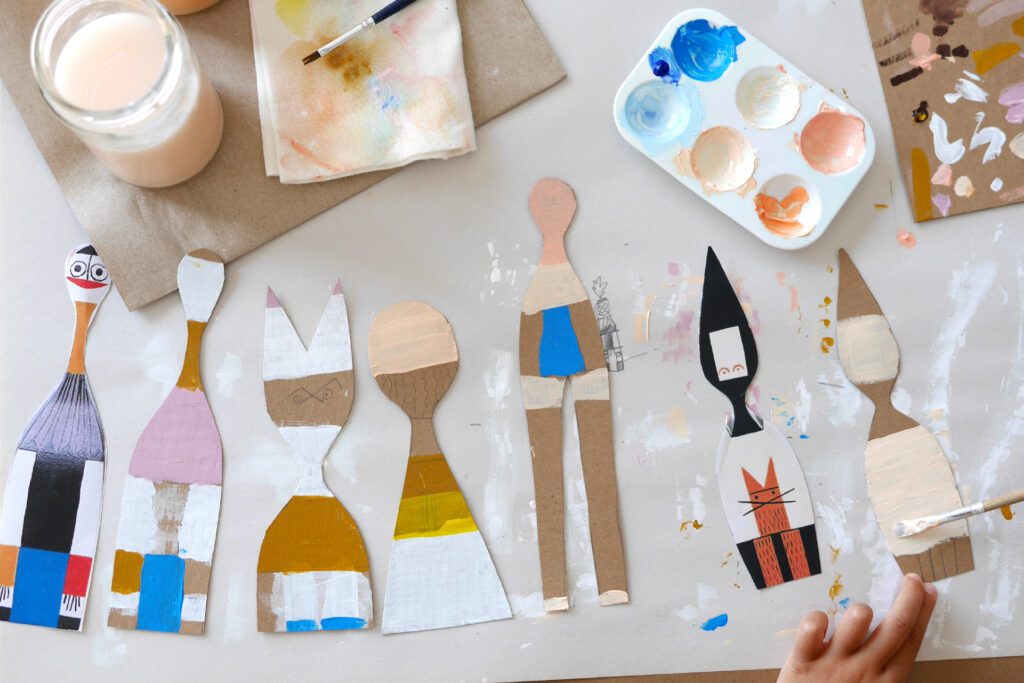


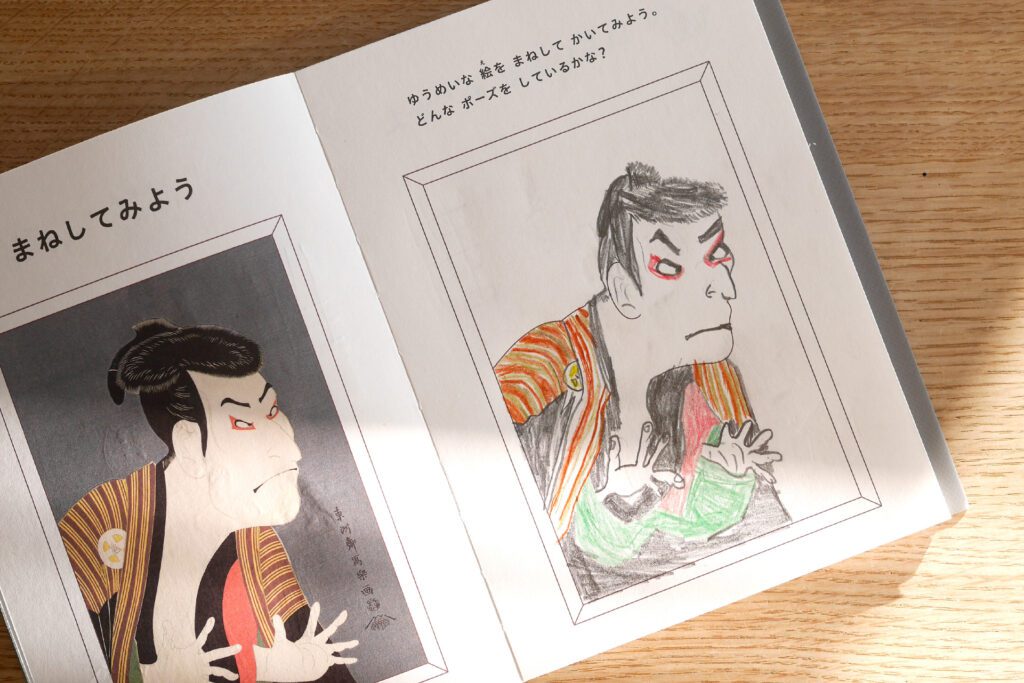
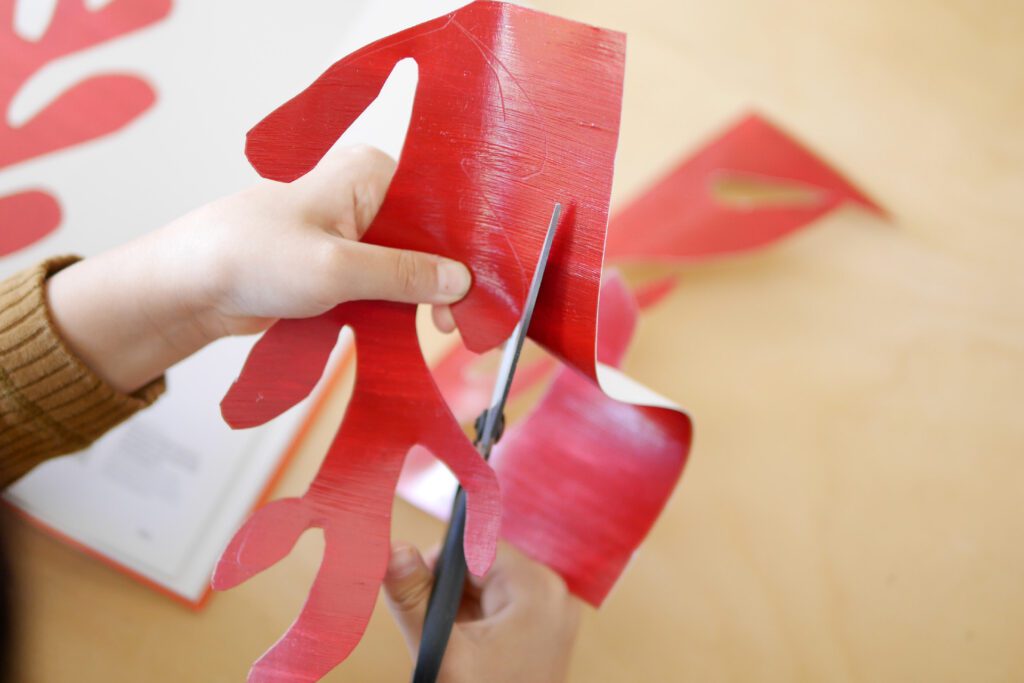
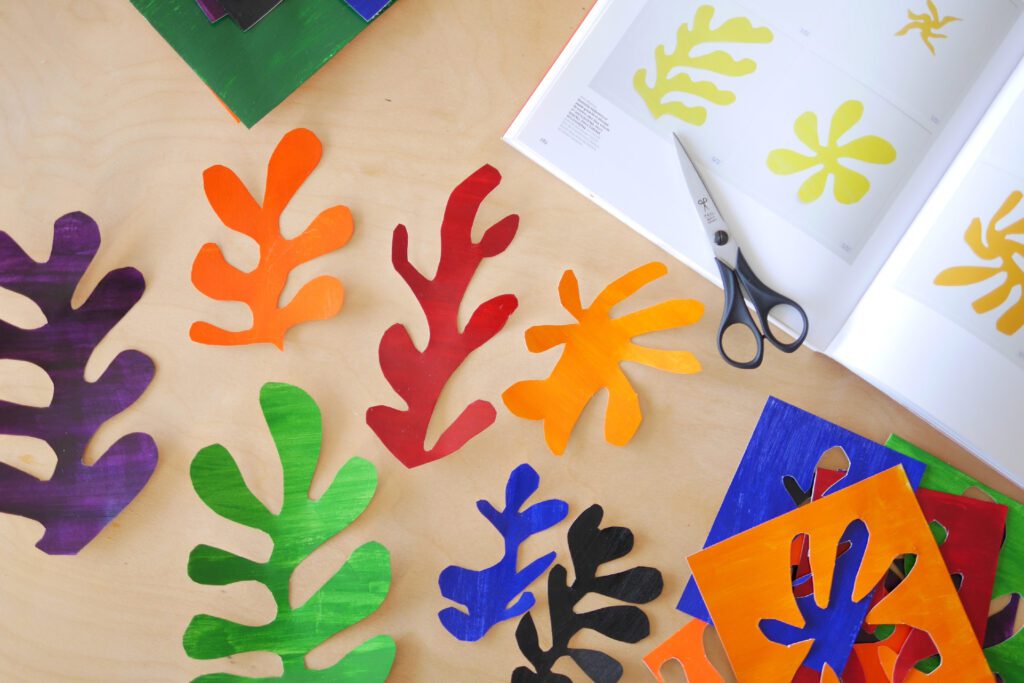

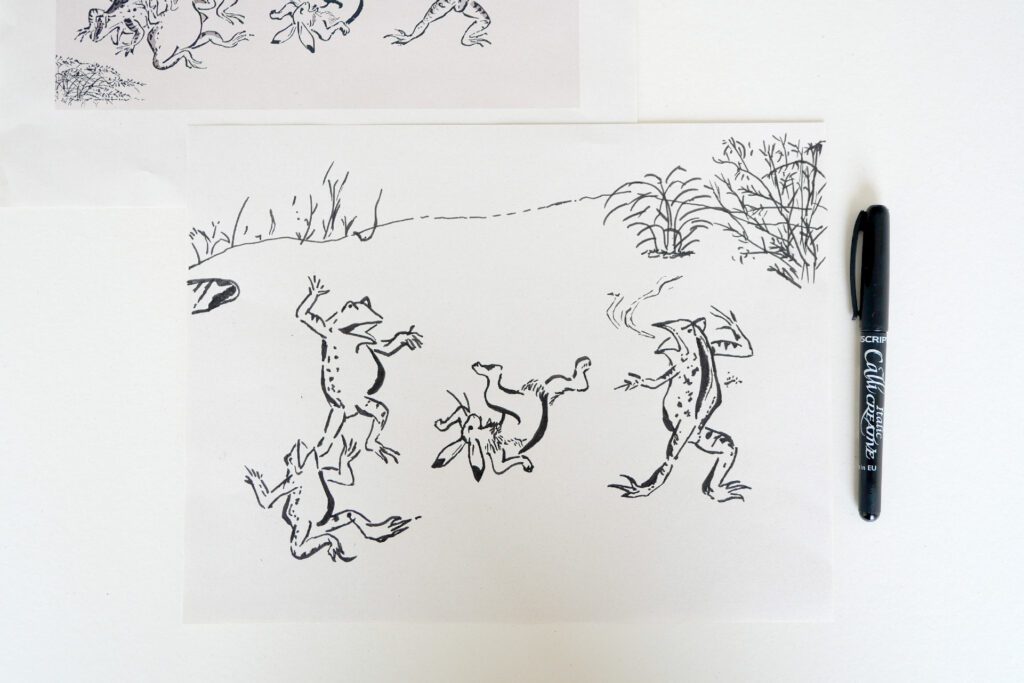

Reproduction of Masterpiece


ものごとをじっくり見るということ。見たものをそのまま、その手で表現するということ。
観察し表現するを楽しむために、娘が5歳の時に初めて模写に取り組みました。マスターピースとの初めての出会いです。
題材はマチスのダンス。この絵を5歳の子が描いたらどうなるのだろう。子どもの目にはどう映っているのでしょう。
取り組むにあたり決めたことは、その制作過程において大人が口出しすることは避けること。子どもの目で見たものを、ただそのままに描くことだけに集中する。途中で飽きたらそれはそれで構わない、ラフな気持ちで取り組みました。


結果的にその体験は特別なものでした。大人の目線とは違う、子どもならではのディテールの解釈。いましかできない大胆な表現、伸びやかな線、色、形がたくさん詰まっていました。模写が創造を抑制するということはなく、マスターピースと自己表現の融合として、アートがぐっと身近に感じられた瞬間だったと思います。

その後も、娘は東洲斎写楽やフェルメール、アレキサンダージラルドの立体作品のリプロダクション、マティスのカットアウトなどを体験しました。どれも子どもの目線の名作の再現で、これがまた味わい深く面白いんです。








